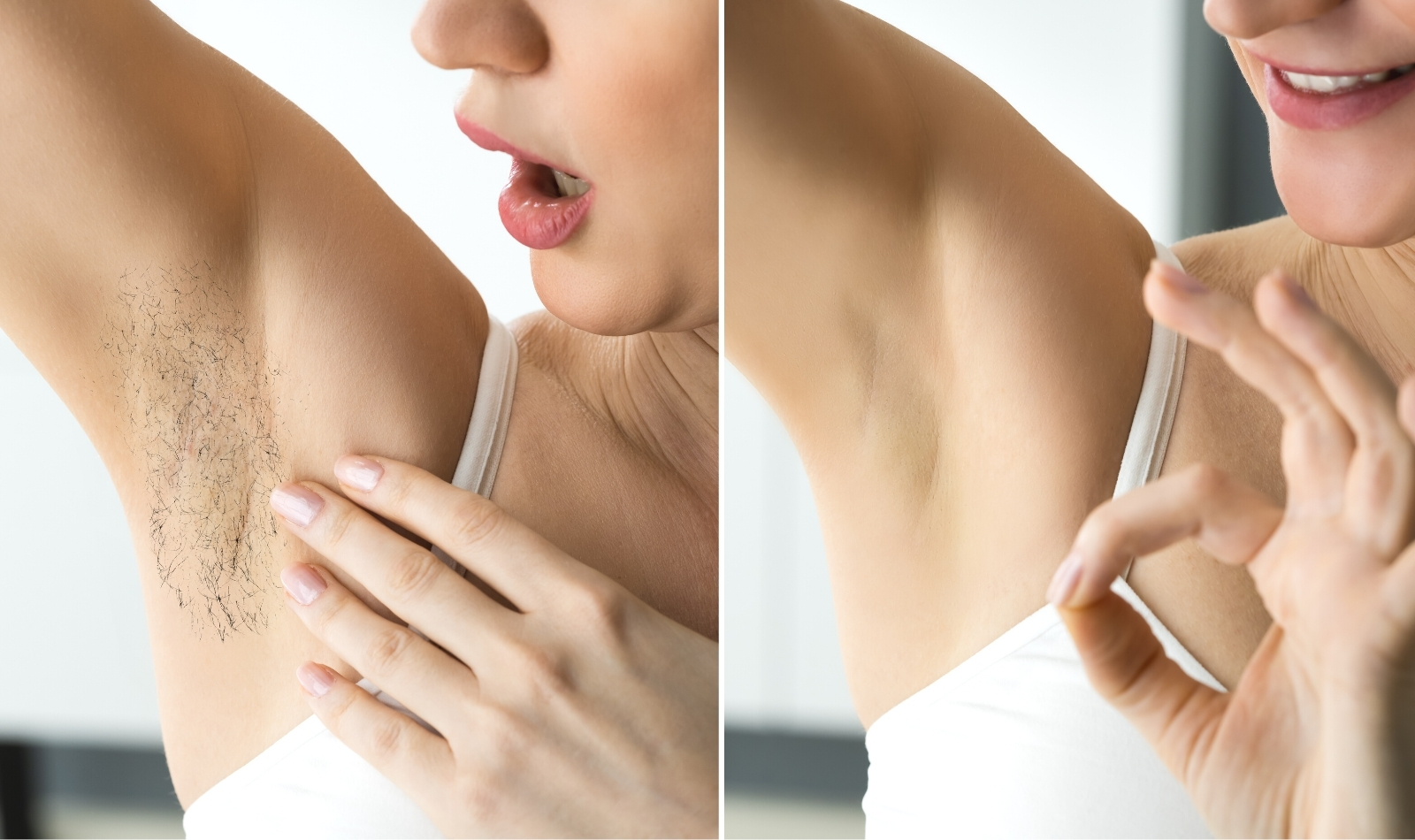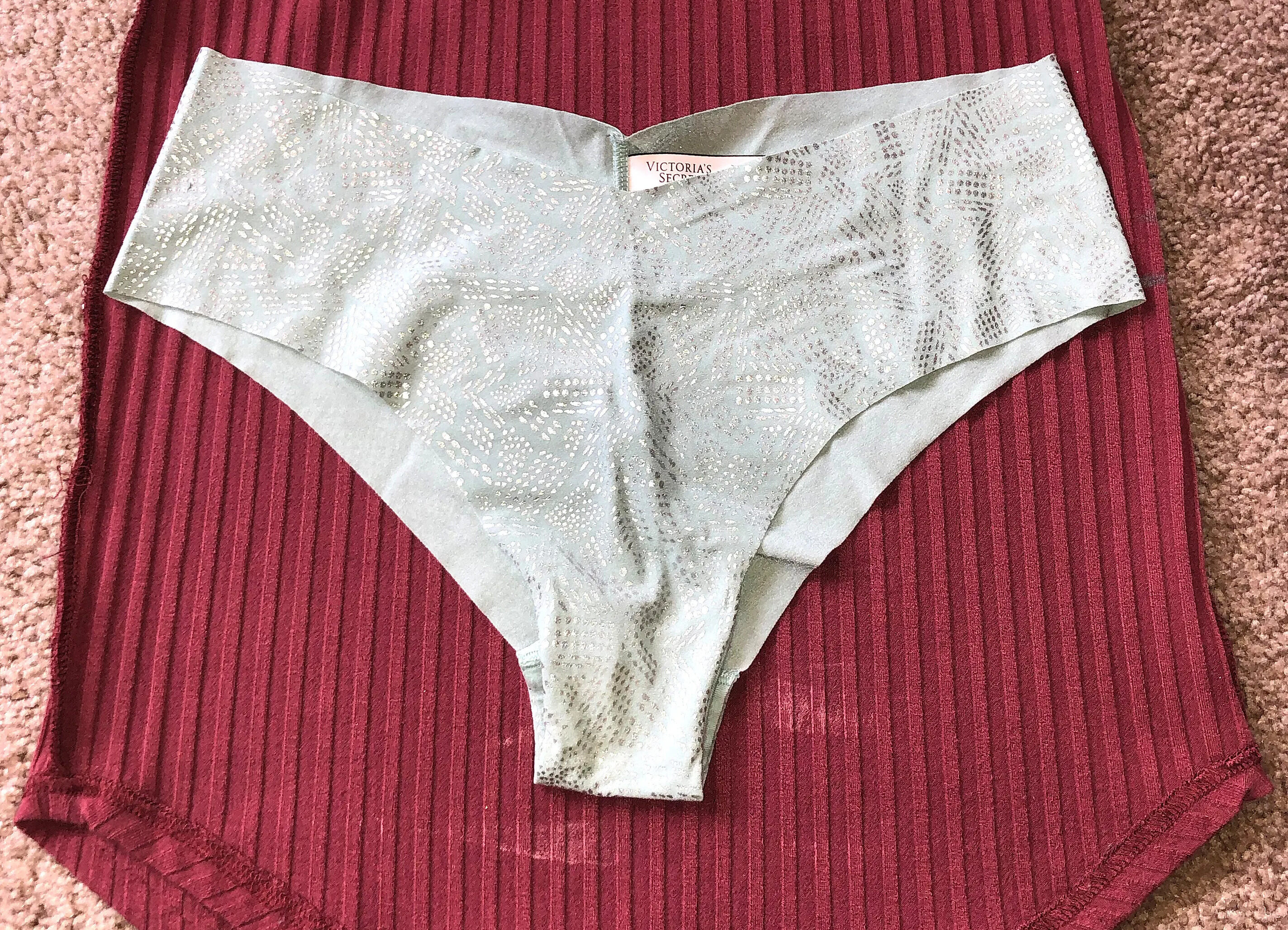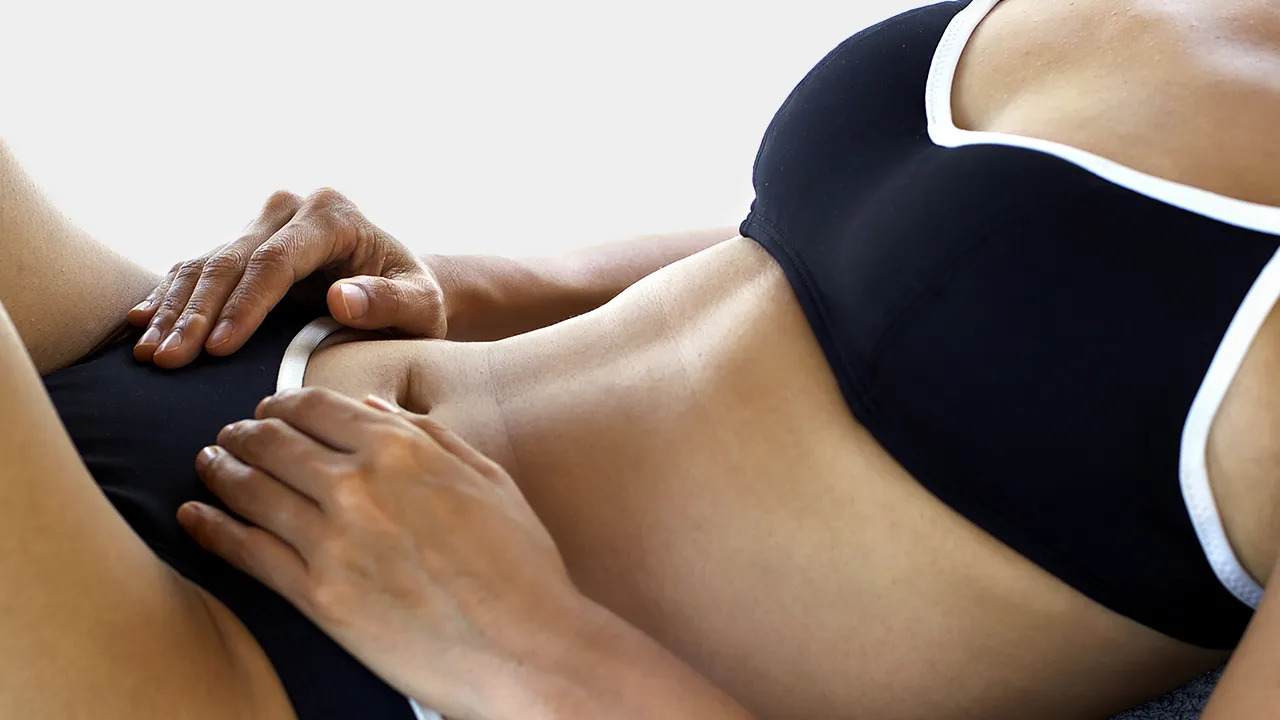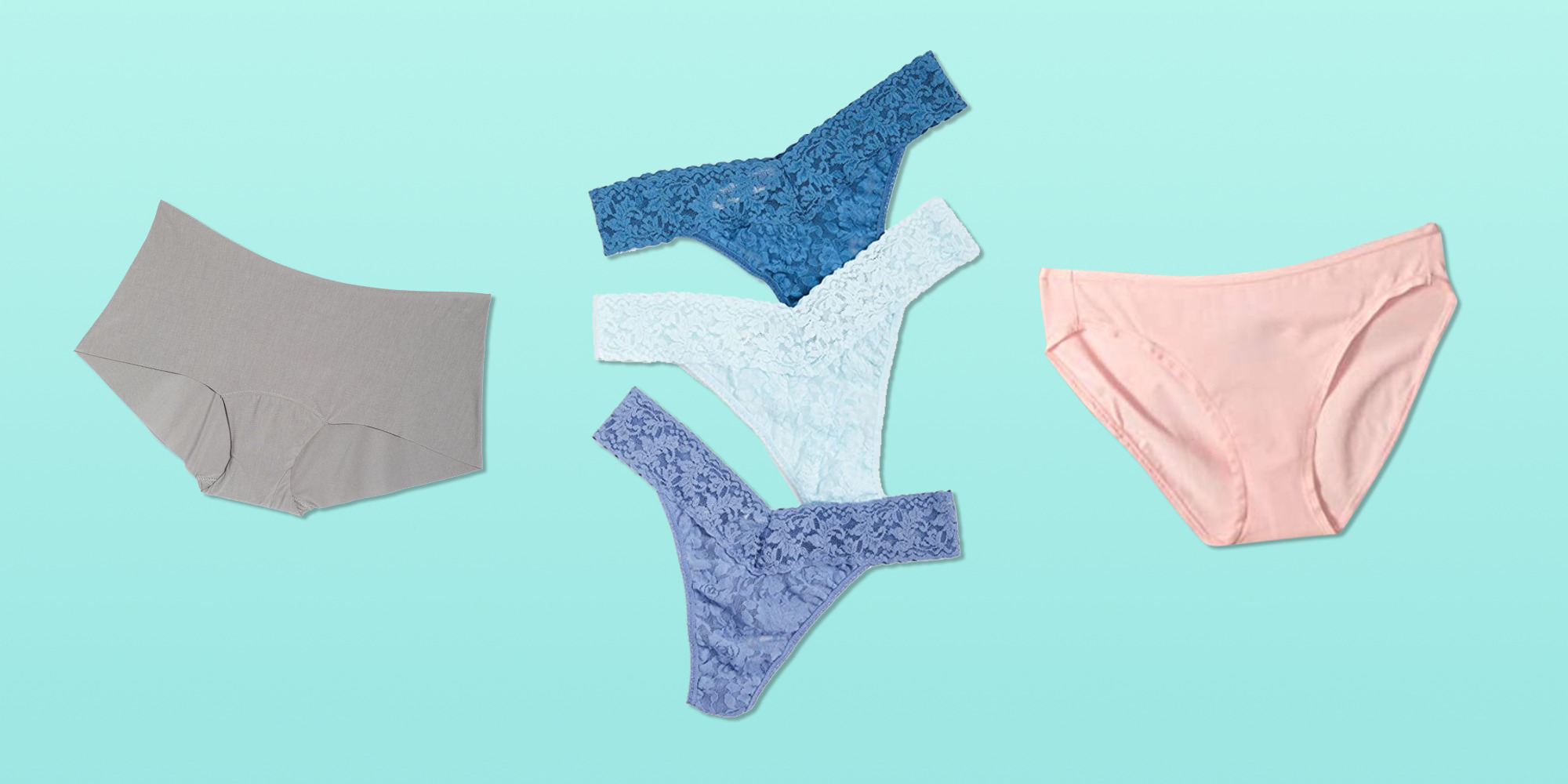

FAQs
What Happens If I Don’t Wear Underwear
Modified: August 3, 2023
Curious about the consequences of going commando? Discover answers to general questions about the impact of not wearing underwear.
(Many of the links in this article redirect to a specific reviewed product. Your purchase of these products through affiliate links helps to generate commission for Under-tec.com, at no extra cost. Learn more)
Table of Contents
Introduction
Underwear is a staple in most people’s wardrobes, offering comfort, support, and protection. However, there may be times when you wonder what would happen if you decide to go without underwear. Whether it’s because you want to try something different, embrace a more minimalistic lifestyle, or simply for personal preference, going commando is a choice that many people consider.
While the decision to go without underwear is a personal one, it’s essential to understand the potential consequences and benefits. This article will explore the various aspects of not wearing underwear and provide insights into the potential risks, benefits, alternatives, and tips for going commando safely.
Before delving into the intricacies, it’s important to note that going commando is not a new trend; it has been practiced by various cultures throughout history. Some individuals find it liberating and comfortable, while others have concerns about hygiene and comfort.
It’s worth noting that there are no strict rules when it comes to personal clothing choices, including whether or not to wear underwear. Ultimately, the decision should be based on your personal comfort, lifestyle, and any practical considerations.
So, what exactly happens if you decide to forego underwear? Let’s explore the potential benefits and risks to help you make an informed decision.
Benefits of Wearing Underwear
Wearing underwear offers several benefits that make it a popular choice for many people:
- Hygiene: Underwear acts as a barrier between your body and outer clothing, preventing direct contact and reducing the chances of transmitting bacteria or bodily fluids.
- Support: Depending on the type of underwear, it can provide support to your genital area, breasts, or buttocks. This support can help minimize discomfort and provide a sense of security.
- Moisture Absorption: Underwear made from absorbent fabrics, such as cotton, can help wick away moisture from sweat, keeping your skin dry and reducing the risk of rashes or irritation.
- Chafing Prevention: The fabric of underwear acts as a protective barrier, reducing friction between your skin and clothing. This can help prevent chafing, especially in areas prone to rubbing.
- Comfort: Well-fitting and comfortable underwear can enhance your overall comfort throughout the day, allowing you to move freely without any distractions.
- Concealment and Modesty: Underwear provides an extra layer of coverage, ensuring your private areas remain hidden and maintaining modesty in various social situations.
- Aesthetics: Underwear comes in various styles and designs, allowing you to express your personal style and feel confident in your appearance.
These benefits have made underwear an essential part of daily attire for many individuals. However, it’s important to note that personal preferences and comfort levels can vary. Some people may find that certain types of underwear cause discomfort or restrict movement, and may choose alternatives or opt to go without underwear altogether.
Potential Risks of Not Wearing Underwear
While going without underwear may have its benefits, it’s important to consider the potential risks that come with this choice:
- Increased Friction and Discomfort: Without the protective barrier of underwear, your skin may experience increased friction against clothing, leading to chafing, irritation, and discomfort.
- Lack of Support: Certain types of clothing, such as skirts or loose-fitting pants, may not provide adequate support to your genital area. This lack of support can potentially lead to discomfort or pain.
- Increased Risk of Infection: Going commando can expose your genital area to external factors such as bacteria, allergens, or irritants present in clothing. This exposure may increase the risk of urinary tract infections, vaginal infections, or skin irritation.
- Embarrassing Situations: Without the protection of underwear, unexpected situations such as wardrobe malfunctions, periods, or genital discharge can be more challenging to handle discreetly.
- Less Absorption of Sweat and Moisture: While some individuals appreciate the breathability of going without underwear, it may result in less absorption and management of sweat and moisture, potentially leading to odor or discomfort.
- Limited Fabric Protection: Without the added layer of underwear, your clothing may be more prone to stains, perspiration marks, or visible panty lines.
It’s important to note that the risks mentioned above may vary depending on factors such as clothing choice, personal hygiene practices, and individual sensitivity. It’s crucial to listen to your body and assess the potential risks before deciding whether or not to go without underwear.
Alternatives to Underwear
If you’re considering going without traditional underwear but still want some form of coverage or support, there are several alternatives you can explore:
- Boxer shorts: Boxer shorts offer a loose and relaxed fit, providing some coverage and freedom of movement. They are a popular choice among those who prefer a more breathable and less restrictive option.
- Boyshorts: Boyshorts are a type of underwear that provides more coverage and a comfortable fit. They are a great alternative to traditional underwear and can be worn under skirts, dresses, or loose-fitting pants.
- Compression shorts: Compression shorts are tight-fitting shorts that provide support and promote muscle recovery. They are a popular choice for athletes and individuals seeking additional support during physical activities.
- Thong: Thongs are underwear that provides minimal coverage while avoiding visible panty lines. They are a suitable choice for those who prefer to wear underwear but want to minimize the fabric.
- Bralettes or sports bras: For individuals who want support and coverage for their breasts without wearing traditional bras, bralettes or sports bras can be a comfortable alternative.
- Liners or pads: If you prefer the feeling of going commando while still maintaining some form of protection, liners or pads can be inserted in your clothing to absorb moisture and protect against leaks.
These alternatives offer various levels of coverage, support, and comfort. It’s important to find the option that suits your preferences, comfort level, and clothing choices.
Remember, the choice between underwear and its alternatives ultimately depends on your comfort, lifestyle, and personal preferences. It’s crucial to listen to your body, assess the practical considerations, and make an informed decision that aligns with your needs.
Tips for Going Commando Safely
If you decide to go without underwear, it’s important to practice good hygiene and take necessary precautions to ensure your comfort and well-being. Here are some tips for going commando safely:
- Choose breathable fabrics: Opt for clothing made from breathable fabrics, such as cotton or moisture-wicking materials, to help minimize sweat and moisture buildup.
- Maintain good personal hygiene: Regularly wash your genital area with mild, fragrance-free soap and water to keep it clean and free from any bacteria or irritants.
- Change out of wet or sweaty clothes promptly: Moisture can create an environment for bacterial growth, so it’s important to change out of wet or sweaty clothing as soon as possible to prevent discomfort and potential infections.
- Wear clothing with proper fit: Ensure that your clothing provides enough coverage and fits properly to prevent chafing, rubbing, or irritation against your skin.
- Consider using panty liners: If you prefer some form of protection or an extra layer of coverage, panty liners can be used to absorb moisture and provide a sense of security.
- Be mindful of your menstrual cycle: If you menstruate, be aware of your cycle and plan accordingly. You may need to use alternative menstrual products, such as tampons or menstrual cups, to manage your period without underwear.
- Listen to your body: Pay attention to any discomfort, irritation, or changes in your body. If you experience persistent discomfort or unusual symptoms, it’s important to consult a healthcare professional.
By following these tips, you can reduce the potential risks associated with going commando and ensure a comfortable and hygienic experience.
It’s important to note that everyone’s body is unique, and what works for some may not work for others. Experiment with different options, listen to your body, and make adjustments as needed to find what suits you best.
Conclusion
The decision to wear or not wear underwear is personal and depends on individual preferences, comfort, and practical considerations. While underwear provides several benefits such as hygiene, support, and moisture absorption, going commando can offer a sense of freedom and comfort for some individuals.
When considering going without underwear, it’s important to weigh the potential risks, such as increased friction, lack of support, and potential hygiene issues. Understanding these risks can help you make an informed decision that aligns with your needs and lifestyle.
If you decide to go commando, it’s essential to practice good hygiene, choose breathable fabrics, and be mindful of your body’s comfort and needs. Additionally, exploring alternatives to traditional underwear, such as boxer shorts, boyshorts, or compression shorts, can provide additional support and comfort for those who prefer not to go completely without coverage.
Ultimately, the choice is yours, and it’s important to listen to your body, assess the practical considerations, and make a decision that makes you feel comfortable and confident in your clothing choices. Whether you choose to wear underwear or explore other options, prioritize your comfort, hygiene, and overall well-being.










